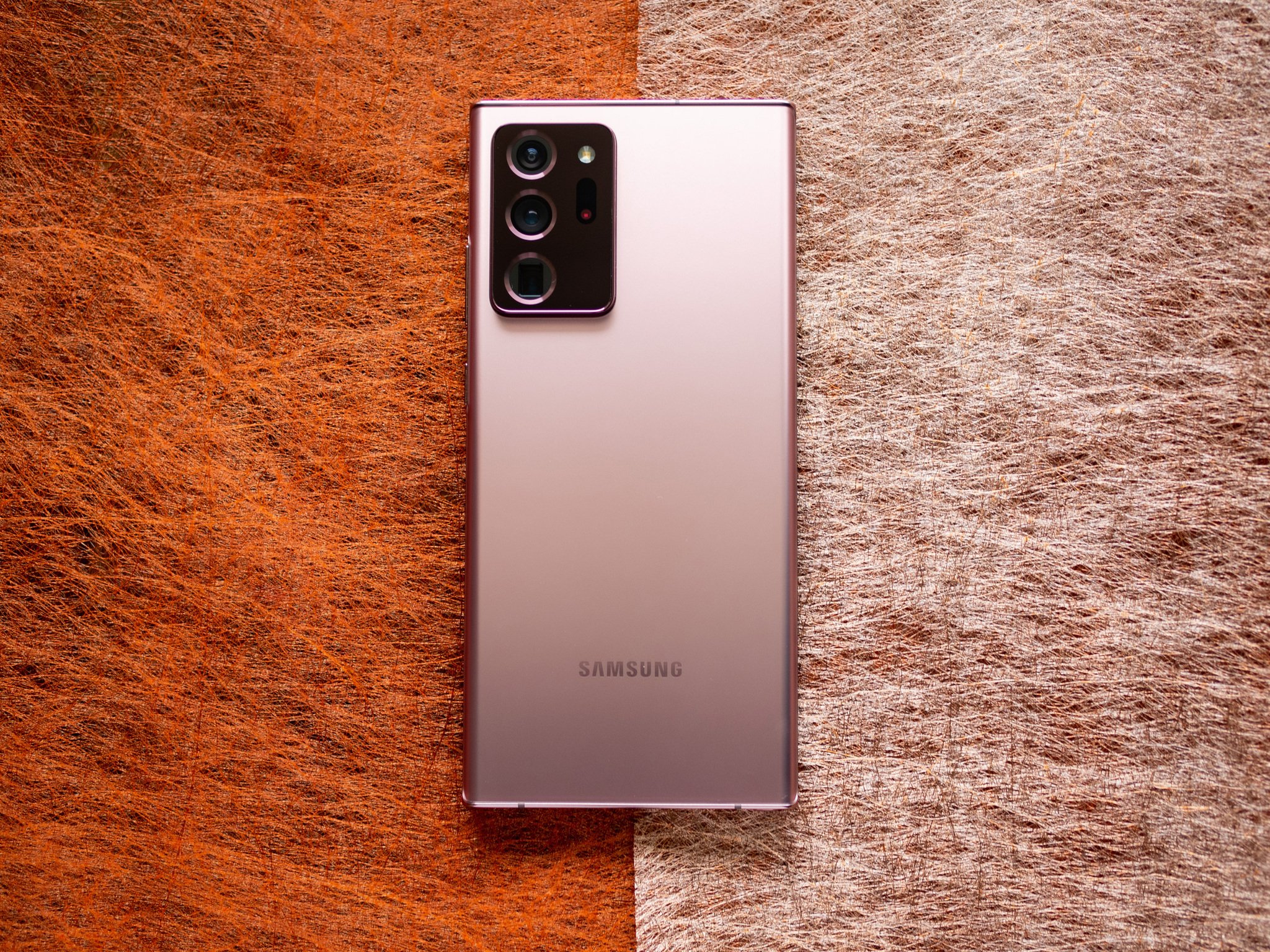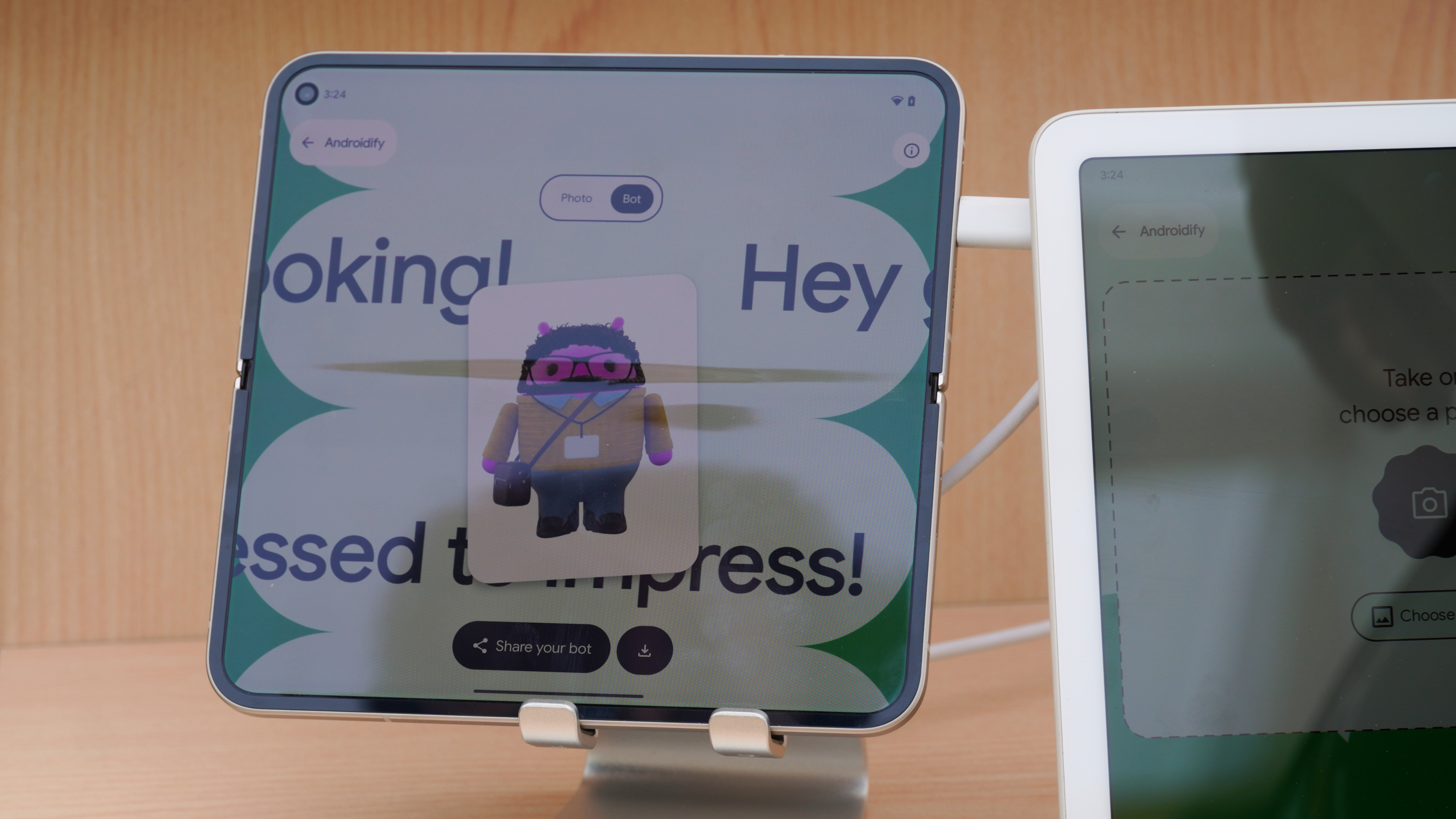Android Central Verdict
Bottom line: The Note 20 Ultra has the best AMOLED screen you'll find today, and the Mystic Bronze color is genuinely incredible. The cameras have picked up exciting upgrades, you get all-day battery life, and Samsung made meaningful changes to the S Pen to make it more responsive. If money is no object, the Note 20 Ultra is a great phone.
Pros
- +
Sublime AMOLED display
- +
Gorgeous design aesthetic
- +
Great cameras
- +
All-day battery life
- +
All the extras you care about
- +
New and improved S Pen
Cons
- -
Horrendous fingerprint sensor
- -
Freezes up occasionally
- -
Wildly expensive
Why you can trust Android Central
I've been using the Galaxy Note 20 Ultra for nearly two months now. I like most things about the phone — the Mystic Bronze color is gorgeous, the matte texture at the back should be standard on all phones, there are no issues in day-to-day use, and the cameras are fantastic. But it's not all great: every few days, the phone freezes up and I'm reminded that this isn't the best possible version of the device.
This is because of the unique way Samsung manufactures phones. Unlike other brands, Samsung sells two versions of its flagships every year — a model powered by Samsung System LSI's in-house Exynos chipset in most global markets, and a Qualcomm Snapdragon version aimed at the U.S. and Korea. Samsung has been doing this for over six years, and this model has allowed the brand to eke out much better margins.
Therefore, the U.S. version of the Note 20 Ultra is powered by the Snapdragon 865+, which is a minor upgrade over the Snapdragon 865, while the global variant features the Exynos 990 — the same as the Galaxy S20 series. The Exynos-based Galaxy S20 had its share of issues, particularly with battery life, and while that's not the case on the Note 20 Ultra, other gremlins have surfaced.
I'm not going to bore you with the technical details of either chipset (okay, I'll do a little bit of that further below), but what you need to know is this: the Exynos version of the Note 20 Ultra is not as good as the Qualcomm variant. But on that same note, it is much better than earlier Exynos designs, so if you are upgrading from a Galaxy Note 8, Note 9, or older phone, there is a lot to like here.
With the Note 20 Ultra retailing for the equivalent of $1,420 in India (₹104,990) and $1,550 in the UK (£1,174), the global version costs more than the U.S. model, which retails for $1,300. So let's find out how the Note 20 Ultra holds up, and whether you should consider upgrading.
Galaxy Note 20 Ultra Exynos Design
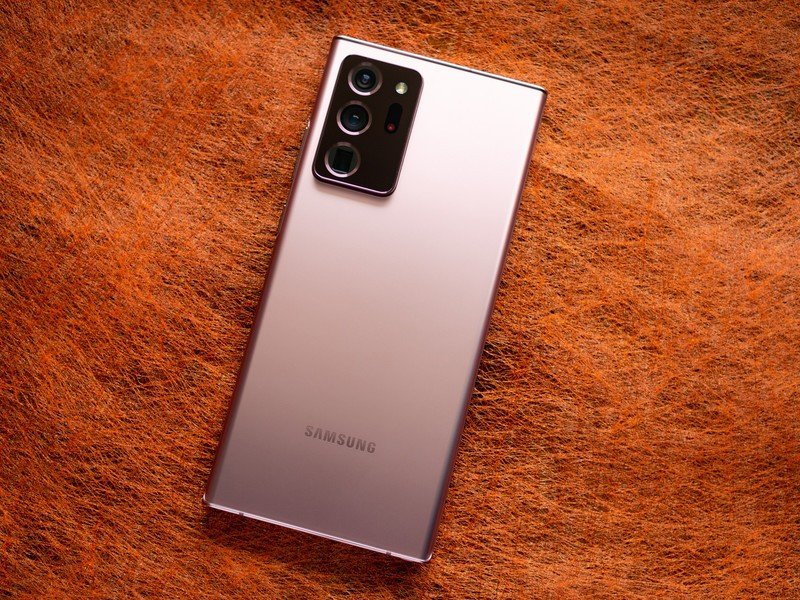
While the Galaxy S and Note lineups had distinct designs in the past, that line has blurred in recent years. Last year's Note 10+ had a larger screen, 12GB RAM, and faster 45W charging, but the rest of the hardware was similar to the S10 series.
That's broadly the case this time as well. The Note 20 Ultra's design language is heavily influenced by the Galaxy S20 series, but there are a few key differences. The corners aren't rounded, leading to a more rectangular frame that maximizes screen real estate. In fact, the design itself is near-identical to last year's Note 10 series, and other than the camera cutout being marginally thinner, there isn't a lot of difference.
Get the latest news from Android Central, your trusted companion in the world of Android
A highlight on the design side of things is the camera housing at the back. The three camera sensors are arranged vertically, and they have distinct outlines that feature the same color as the rest of the phone. The design makes the Note 20 Ultra look very premium, and is a far sight better than the S20 Ultra — Samsung redeemed itself here.
The Note 20 Ultra is unabashedly big — and that Mystic Bronze color is downright gorgeous.
The rectangular housing is more prominent than what we've seen on the S20 series, and the module itself protrudes quite a bit from the body of the phone, creating a lot of wobble when you're using the Note 20 Ultra while it's on a flat surface.
The key differentiator with the Note 20 Ultra is the Mystic Bronze color variant. The color looks stunning on the device, and the matte texture accentuates the bronze hue — the Note 20 Ultra looks and feels like a device that costs over $1,300. The matte coating also makes sure that the back doesn't end up being a fingerprint magnet.
The Note 20 Ultra has the power and volume buttons on the right, the SIM card tray at the top, and charging port along with the primary speaker at the bottom. While there aren't too many alterations here from the Note 10 series, Samsung changed the position of the S Pen housing to the left side, so if you've built up muscle memory over the years, you'll have to retrain yourself.
The reason for the change is the rectangular housing for the rear cameras, so instead of moving the cameras to the middle, Samsung changed the position of the stylus.
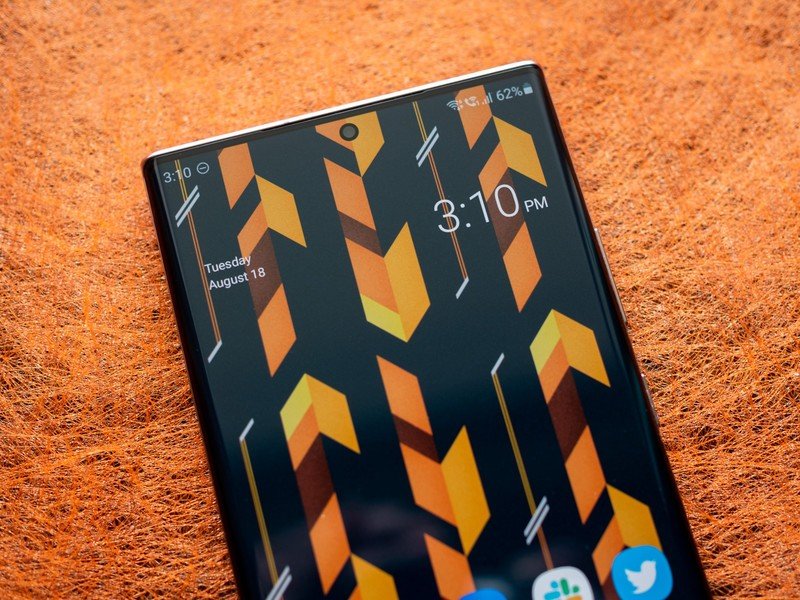
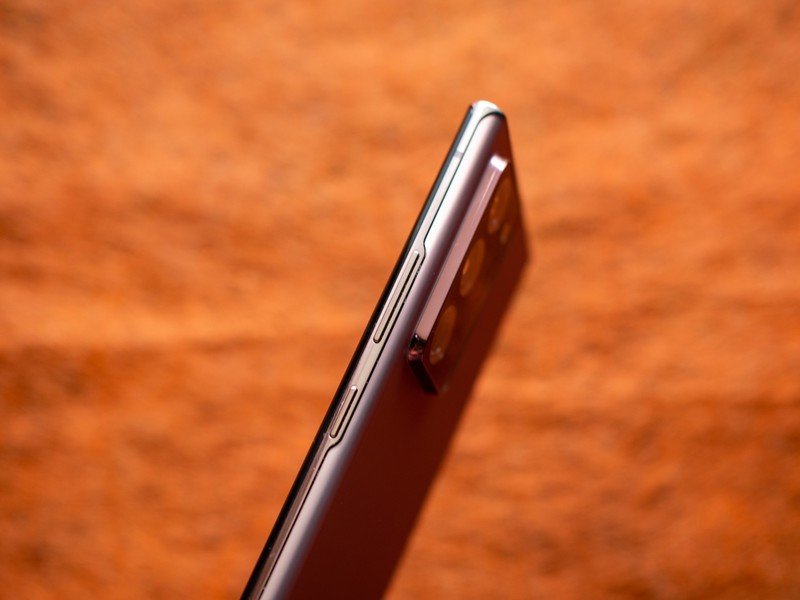
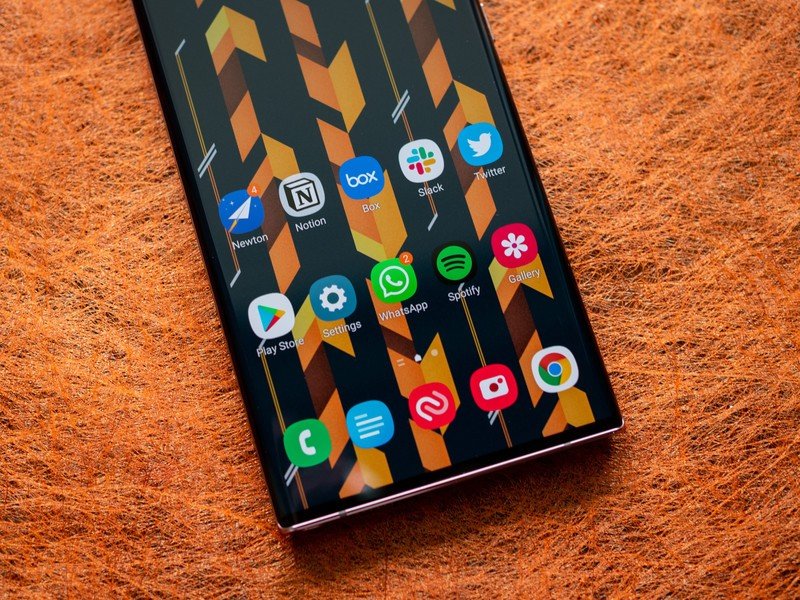
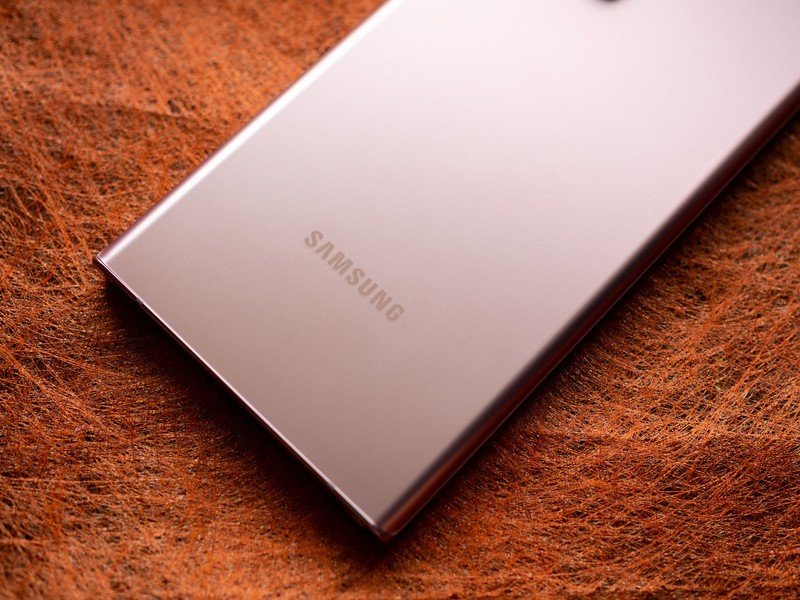
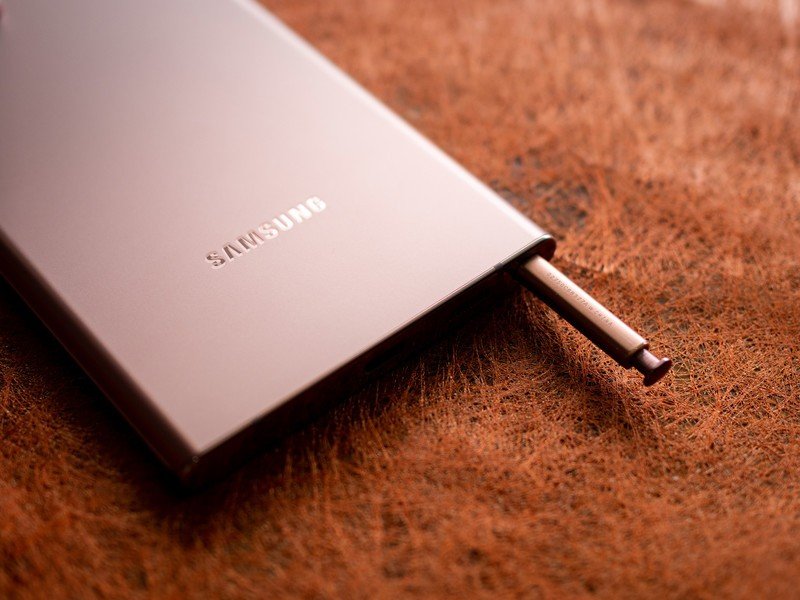
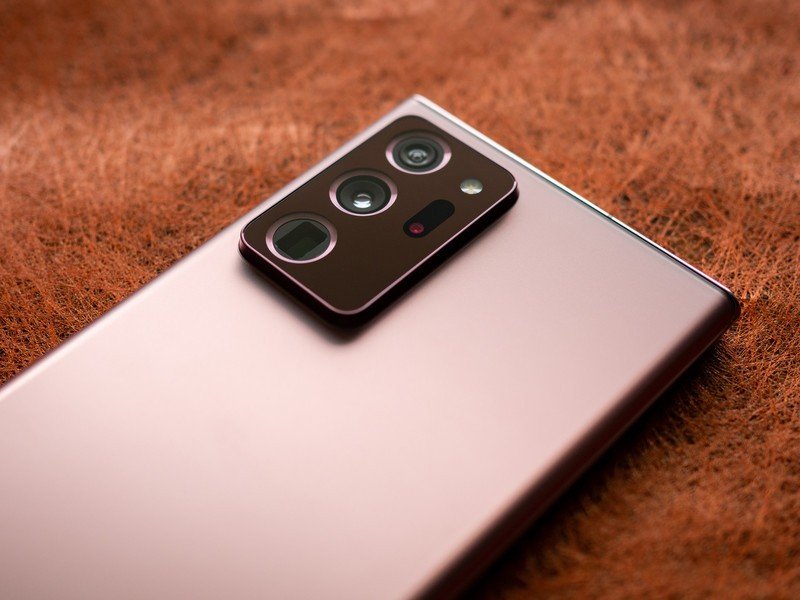
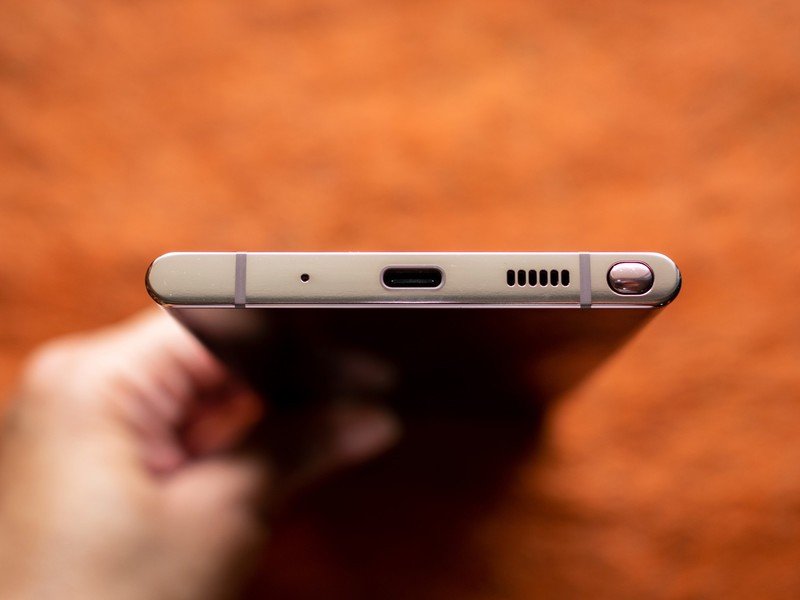
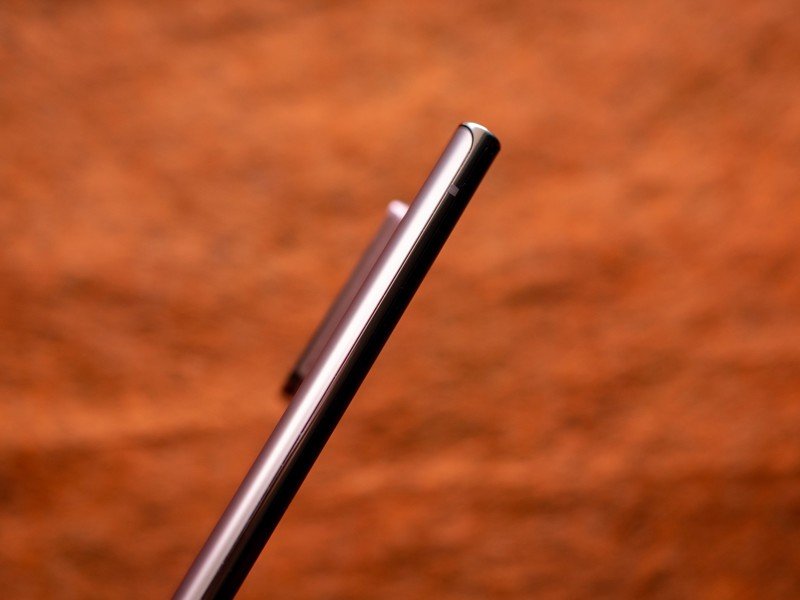
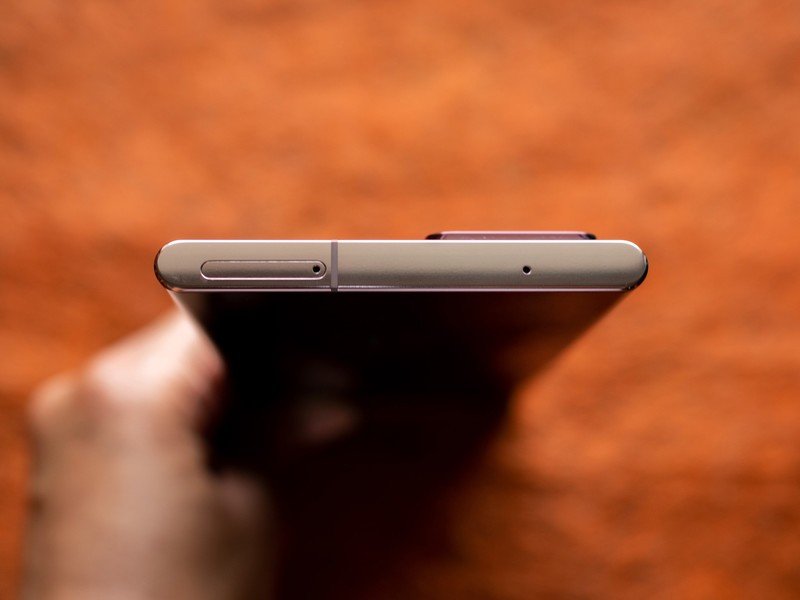
The Note 20 Ultra is the largest phone I've used all year. With dimensions of 164.8 x 77.2 x 8.1 mm, it is taller and wider than most phones in the market today. While it is great to be able to use a large 6.9-inch screen, the Note 20 Ultra is just unnecessarily large. The width of the phone prevented it from ever being comfortable to hold and use, and switching back to the Pixel 4 XL or the Xiaomi Mi 10 was a breath of fresh air.
If you are a Note loyalist and want that large canvas, you'll love what the Note 20 Ultra brings to the table. But if you're just looking for a high-end phone that's easy to hold and use, consider the Galaxy S20 or the S20+.
I don't see any reason why Samsung couldn't have included a 3.5mm jack on the Note 20 Ultra, but with the brand ditching the jack with last year's Note 10 series, it's unlikely we will see it make a return on a Samsung flagship. Samsung instead wants you to pick up wireless earbuds for the Note 20, and it sells plenty of great options in this area.
Galaxy Note 20 Ultra Exynos Display
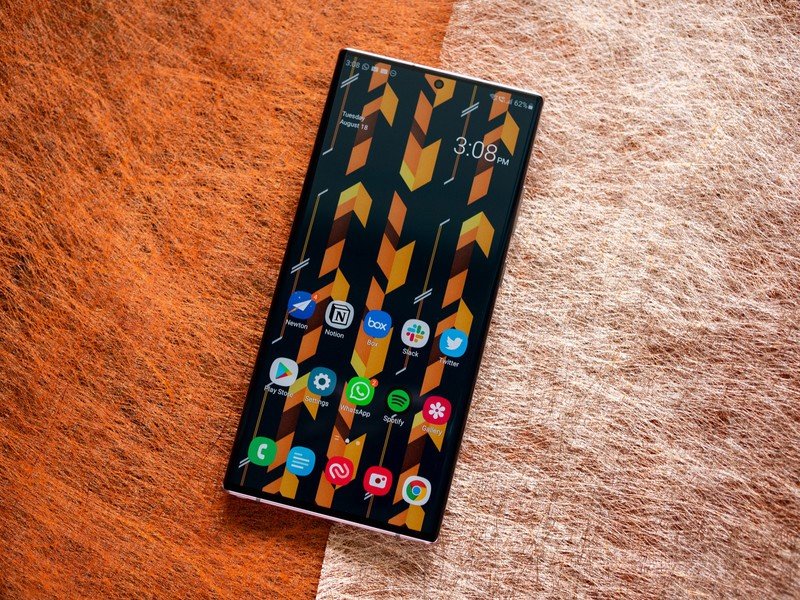
Dominating the front of the Note 20 Ultra is a massive 6.9-inch Dynamic AMOLED panel with a QHD+ (3088 x 1440) resolution. The screen has curves on either side, but they're nowhere as pronounced as previous Note flagships.
The panel itself is the best you'll find on a phone today: it has vibrant colors, excellent visibility even under harsh sunlight, and offers HDR10+ for Netflix and other streaming services. Like the S20 series, the Note 20 Ultra has 120Hz refresh rate, but it is limited to FHD+ — you're limited to 60Hz on QHD+.
The Note 20 Ultra has a sublime 6.9-inch AMOLED panel with variable refresh rate up to 120Hz.
Samsung is also making a few changes to how 120Hz works on the device, with the refresh rate variable up to 120Hz by default. That means that the UI adjusts the refresh rate between 60Hz and 120Hz based on what you're using, with the goal to extend the battery life.
The 120Hz refresh rate immediately makes a difference where you end up scrolling a lot — Instagram, Twitter, or browsing on Chrome — but if you're for Samsung to switch to a variable refresh to eke out better battery life, alternating between 60Hz and 120Hz based on the scenario.
That said, the OnePlus 8 Pro and OPPO Find X2 Pro showed that it is possible to deliver a fixed 120Hz mode at QHD+ while still delivering all-day battery life, so it's not understandable why Samsung cannot do the same. Using the Note 20 Ultra side-by-side with the Find X2 Pro it is evident that Samsung is aggressively scaling the refresh rate to eke out more battery life.
Playing games or watching videos on the Note 20 Ultra is enjoyable thanks to the vibrant screen and excellent stereo speakers. The large screen is ideally suited for consuming entertainment, and you get plenty of customization options in terms of adjusting the color profile, scaling text, and so on. Honestly, this is the best display I have seen on a phone, and it is a genuine delight to use.
The Note 20 Ultra uses Corning's latest Gorilla Glass Victus protection for the front and rear panes of glass, and it has turned out to be pretty resilient. As the device by itself is fairly large and unwieldy, I decided to use it without a case. The phone took several tumbles to hard flooring in the month I've used it, and came away without any damage.
Just last week, it tumbled out of my pocket and landed on the floor with a crash, and even though it landed on its back, the glass panel wasn't damaged in any way. While it is feasible to use the phone without a case, you're better off getting a screen protector for the Note 20 Ultra — you wouldn't want to risk damaging the screen.
Galaxy Note 20 Ultra Exynos Hardware
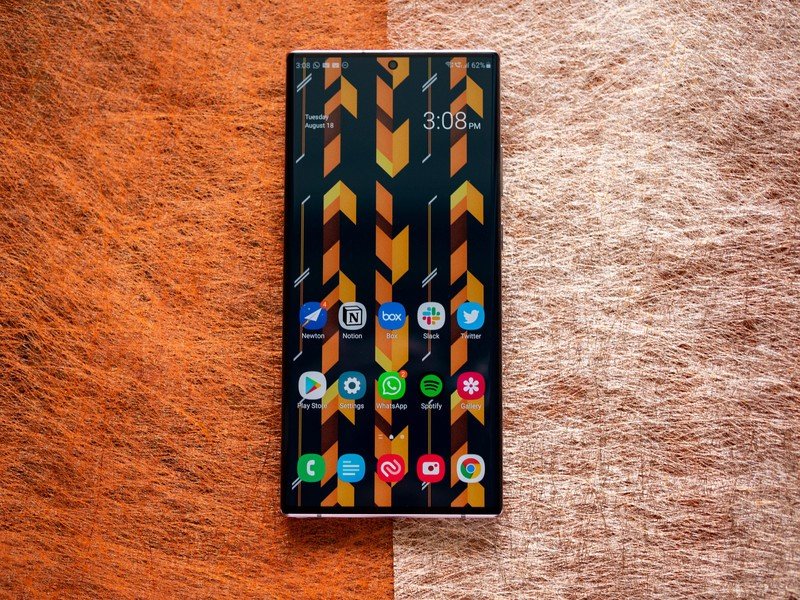
The Galaxy Note 20 Ultra variant I'm testing is powered by the Exynos 990 chipset and comes with 12GB of LPDDR5 RAM and 256GB of UFS 3.0 storage. It has a hybrid SIM card tray with the secondary SIM card doubling as the MicroSD slot, and you can add up to a 1TB MicroSD card to extend the storage.
| Specs | Galaxy Note 20 Ultra |
|---|---|
| Software | One UI 2.5, Android 10 |
| Display | 6.9-inch 120Hz AMOLED |
| Chipset | 2.73GHz Exynos 990 |
| RAM | 12GB |
| Storage | 256GB/512GB |
| Rear Camera 1 | 108MP ƒ/1.8 (primary) |
| Rear Camera 2 | 12MP ƒ/2.2 (wide-angle) |
| Rear Camera 3 | 12MP ƒ/3.0 (5x zoom) |
| Front Camera | 10MP ƒ/2.2 |
| Connectivity | Wi-Fi 6, BT 5.1, NFC |
| Battery | 4500mAh, 25W USB PD |
| Security | In-screen fingerprint |
| Colors | Mystic Bronze, Black, White |
| Dimensions | 164.8 x 77.2 x 8.1mm |
| Weight | 208g |
Exynos 990 is a decent enough chipset in its own right, but it isn't as good as what Qualcomm offers with the Snapdragon 865. The chipset uses Samsung's custom Mongoose M5 cores that are based on the Cortex A77, and also uses two Cortex A76 for the performance cluster and Cortex A55 for the energy-efficient cluster.
The main issue with the Exynos 990 is throttling. The chipset is designed to throttle the cores to ensure the phone doesn't overheat, and in doing so it affects the performance. There were several instances over the last two months where the Note 20 Ultra would just freeze for 5 to 10 seconds, and this behavior isn't limited to gaming sessions either — most of the time, I was browsing in Chrome when the phone froze up.
So in that context, it's not ideal that you'll have to put up with these issues on a $1,300 phone. That said, for the most part, the Exynos 990 does deliver much better performance in day-to-day tasks. It is significantly faster than last year's Exynos 9820 and 9810, and Samsung made a lot of positive changes here.
While Samsung isn't going to change its dual-sourcing strategy — it stands to lose too much money by going all-in with Qualcomm — it is doing a few things differently next year. Samsung isn't going to work on its custom cores anymore, and the brand will instead leverage stock ARM cores in its next Exynos design. That should come as welcome news to anyone looking to buy a Samsung flagship in 2021.
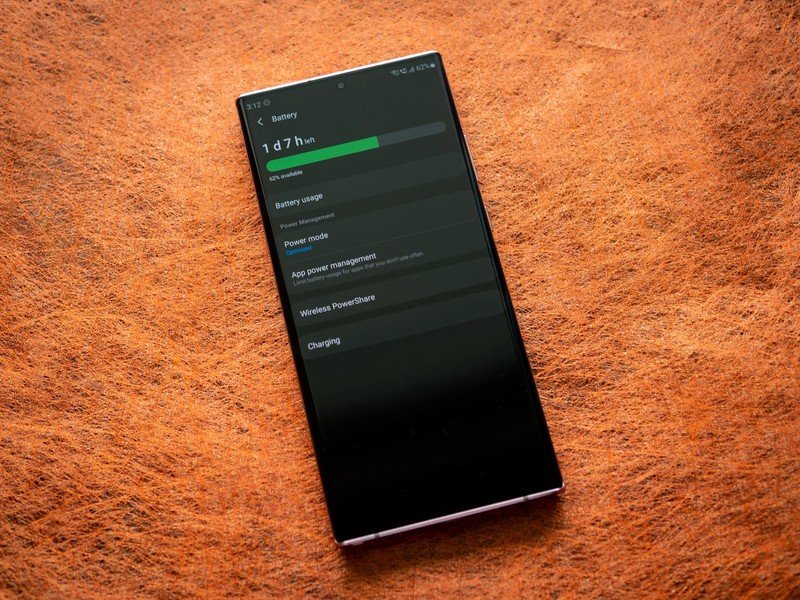
Elsewhere, the Note 20 Ultra had zero issues with Wi-Fi or Bluetooth connectivity, with the phone sporting a Wi-Fi 6 modem and Bluetooth 5.0 module. The one area where I did face a lot of issues is with the fingerprint sensor. Samsung is one of very few brands that's using Qualcomm's ultrasonic reader, and it is just not as good as the optical in-screen module that's on every other phone in this category.
The ultrasonic module is significantly slower and has a higher error rate, making it infuriating to use. I would be annoyed if this module made its way into a $200 phone; for Samsung to put it in a $1,300 flagship is inexcusable.
As for battery life, the phone delivered a day's worth of use without any issues. Samsung offers 25W USB PD wired charging in addition to 15W wireless and 5W reverse wireless charging, and while the wired charging isn't on par with the rest of the field, it gets the job done. After nearly two months of use, I can confidently state that battery life isn't an issue with this phone.
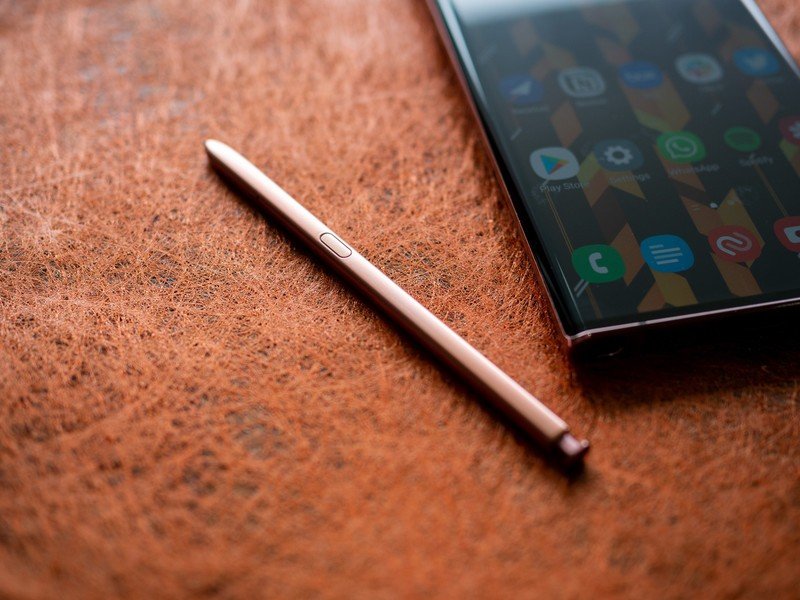
The differentiator for the Note series has always been the S Pen, and Samsung is adding a few new useful features with this generation. First up is the latency, which has been reduced to 9ms from 25ms. The stylus has also gotten better at handwriting recognition, with Samsung Notes taking full advantage of the feature. I don't really use the S Pen a lot other than as a shutter button — it works over Bluetooth and is great as a remote shutter for the cameras — but if you're a fan of the stylus, know that there's a lot to like here.
Galaxy Note 20 Ultra Exynos Cameras
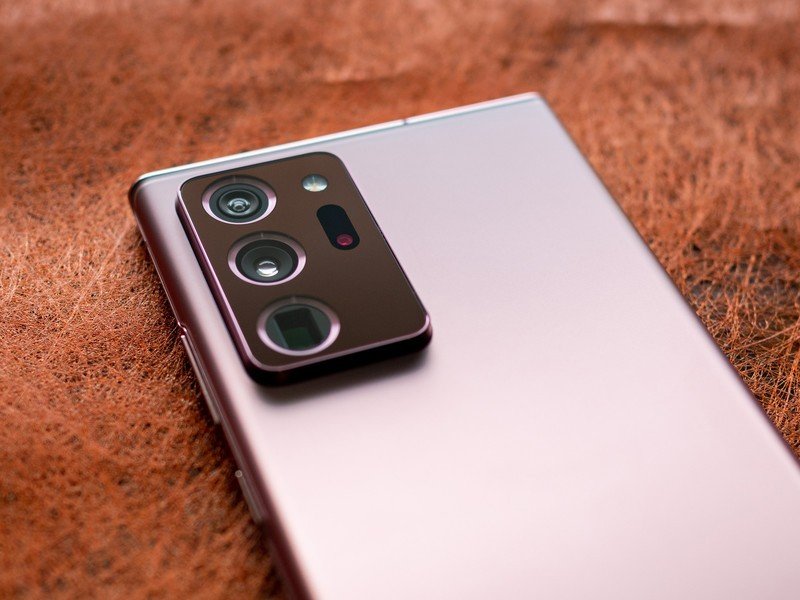
The Galaxy Note 20 Ultra shares the same 108MP primary lens as the S20 Ultra, but Samsung got rid of the 48MP zoom module and added a more modest 12MP lens that still delivers 5x optical zoom. There's also a 12MP wide-angle camera, and a 10MP camera at the front with autofocus and the ability to record 4K video.
I'm not going to go into too much detail on the camera side of things, because this is an area that we've covered in our canonical Galaxy Note 20 Ultra review, and there's nothing really different with this one. Samsung made a lot of changes with regards to imaging in 2020, and the result is that its flagships are on par with the best that Google and others have to offer.
One area in particular where things have gotten much better is portrait mode, with Samsung tweaking its segmentation algorithms to deliver better separation between the foreground and background. With the Note 20 Ultra, the addition of a laser autofocus module gives it a distinct edge over the S20 Ultra, which had issues with focusing.
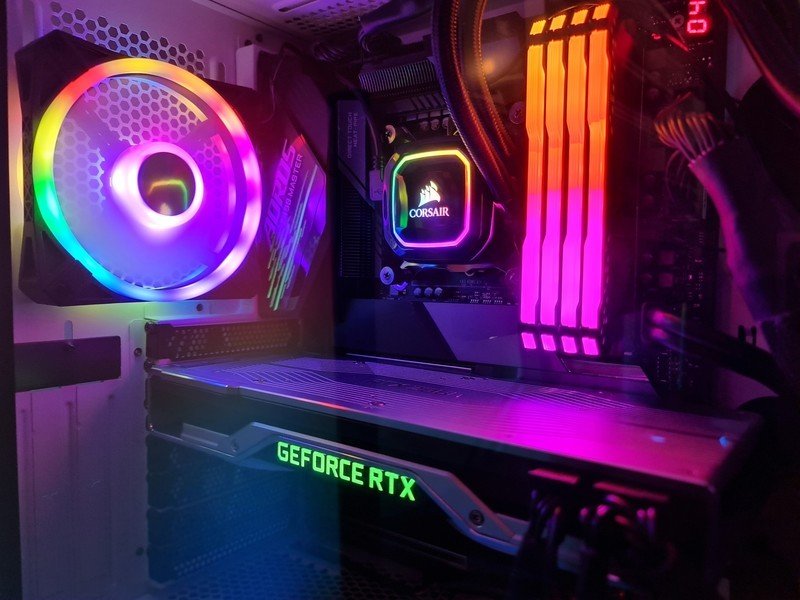
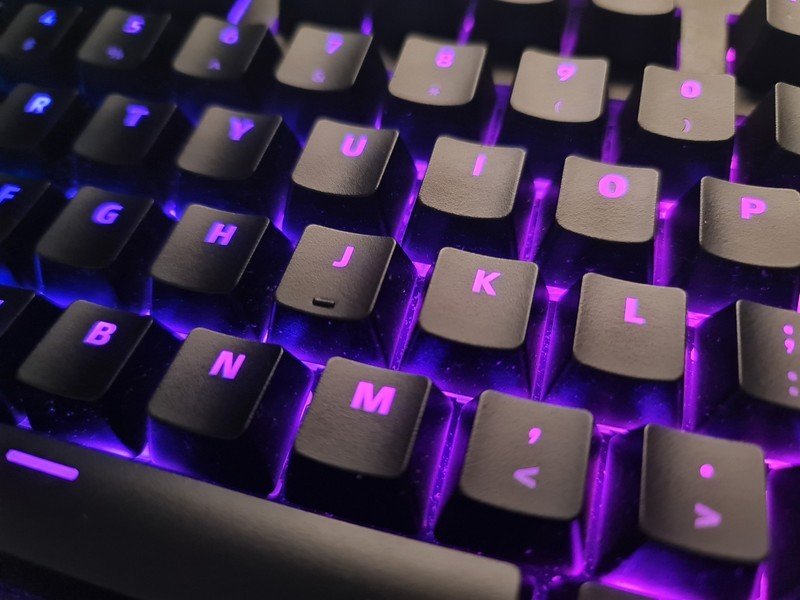
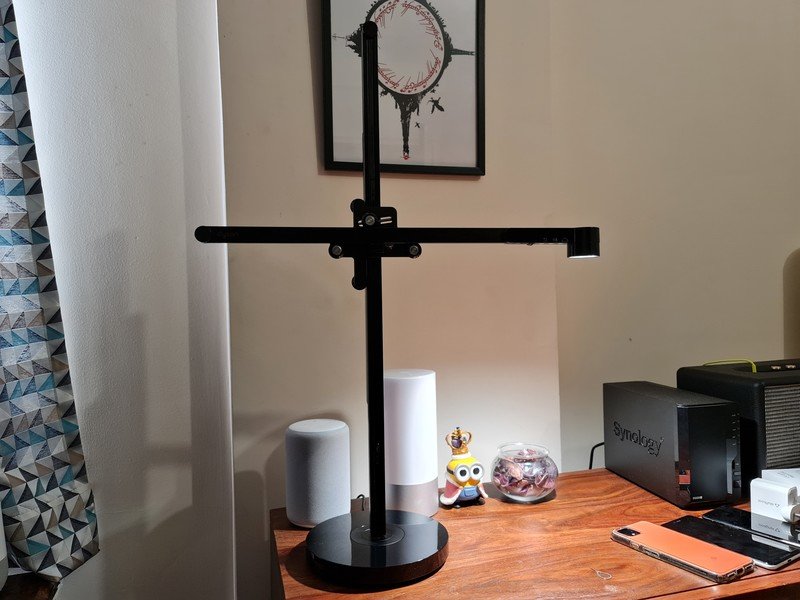
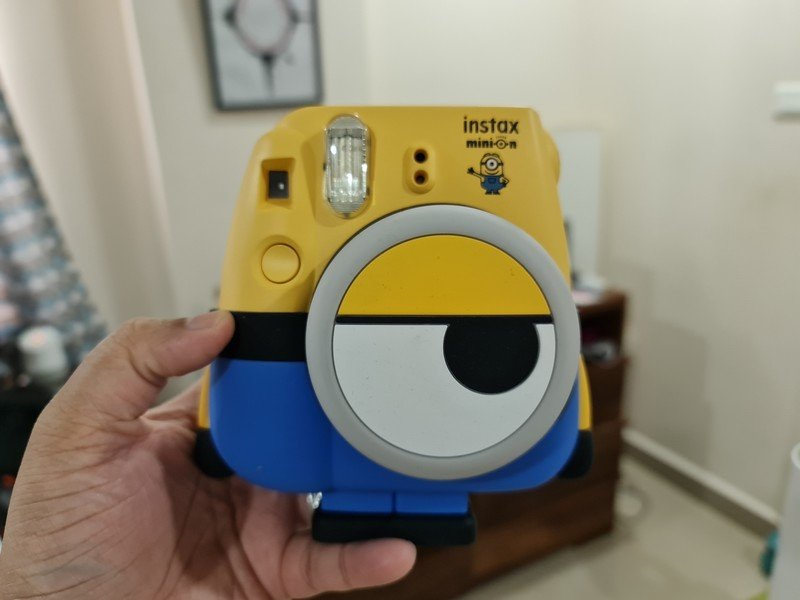
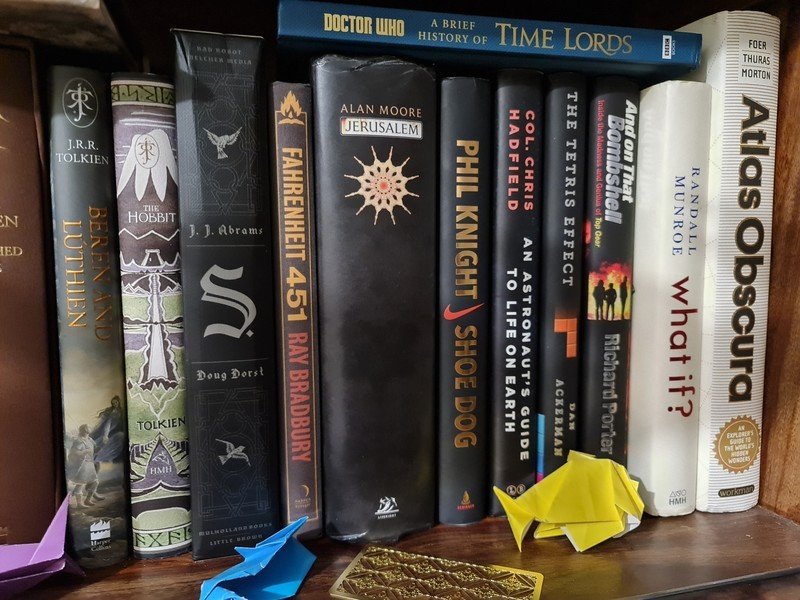
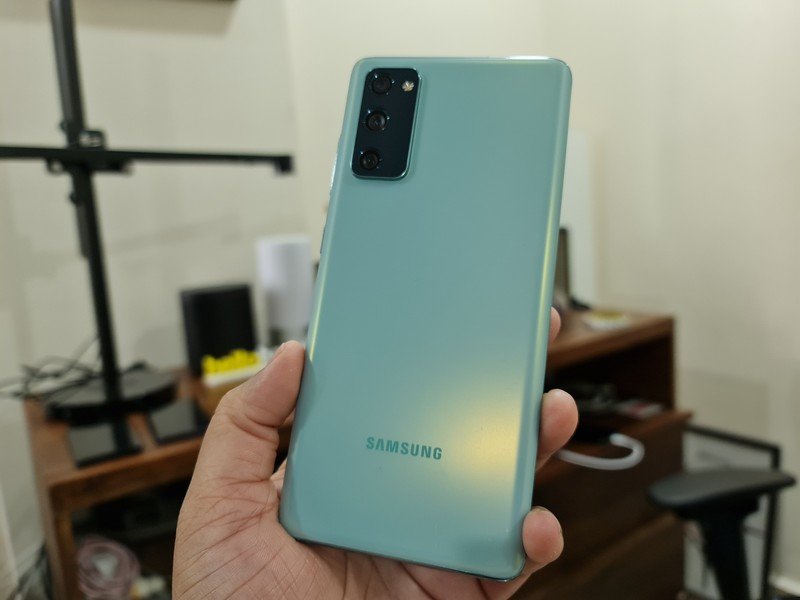
The 108MP camera module is a known quantity, and the Note 20 Ultra takes incredible shots in just about any lighting condition. Images tend to come out with plenty of detail, have a wide dynamic range, and colors aren't too saturated.
Samsung has also done a great job ensuring the wide-angle lens delivers the same caliber of shots as the primary lens, and overall the Note 20 Ultra is one of the best cameras you'll find on Android today.
Galaxy Note 20 Ultra Exynos Software
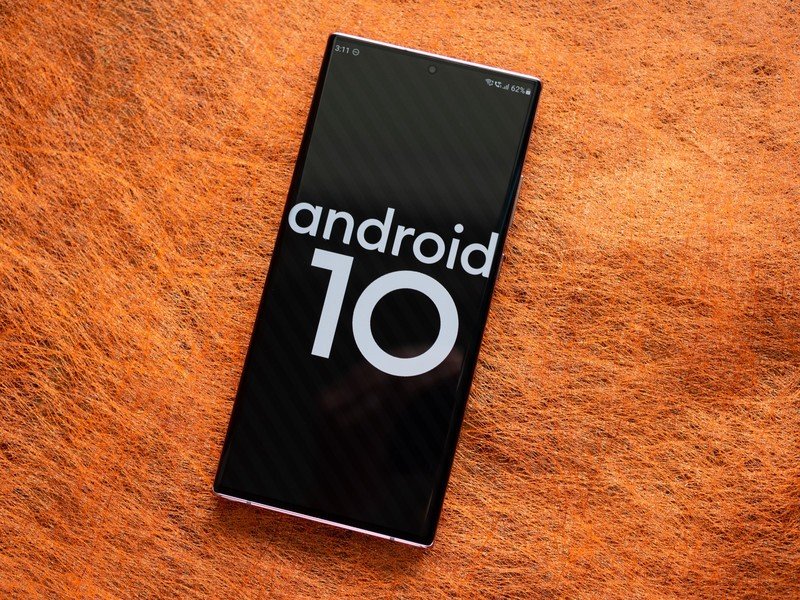
The Note 20 Ultra comes with One UI 2.5 based on Android 10 out of the box. Samsung has delivered several updates to the phone in the last two months, including monthly security patches and bug fixes.
Even Samsung's flagships aren't spared from bloatware and spam notifications.
While Samsung has gotten much better at delivering security updates, the one area where it is still lagging behind is platform updates. The Note 20 Ultra is eligible for the Android 11-based One UI 3.0 beta in the U.S., but it will likely be the end of the year before a stable update is available for the device.
As for the software experience itself, One UI 2.5 brings a lot of new features. Samsung finally lets you use gestures with third-party launchers, the built-in screen recorder has picked up additional options, there's wireless DeX, and so much more. The UI itself hasn't changed much from the Galaxy S20 series (that's coming with One UI 3.0), but Samsung has managed to finesse a few elements.
The one downside is the spam notifications. Samsung continues to push ads via the My Galaxy app and Galaxy Store, and it just isn't a good look to get ads on a flagship phone. Then there's the usual bloatware that includes uninstallable Facebook services, Microsoft Office, and LinkedIn. I like the direction Samsung is taking on the software front, but the bloatware and ads detract from what is otherwise a great software experience.
Galaxy Note 20 Ultra Exynos The competition
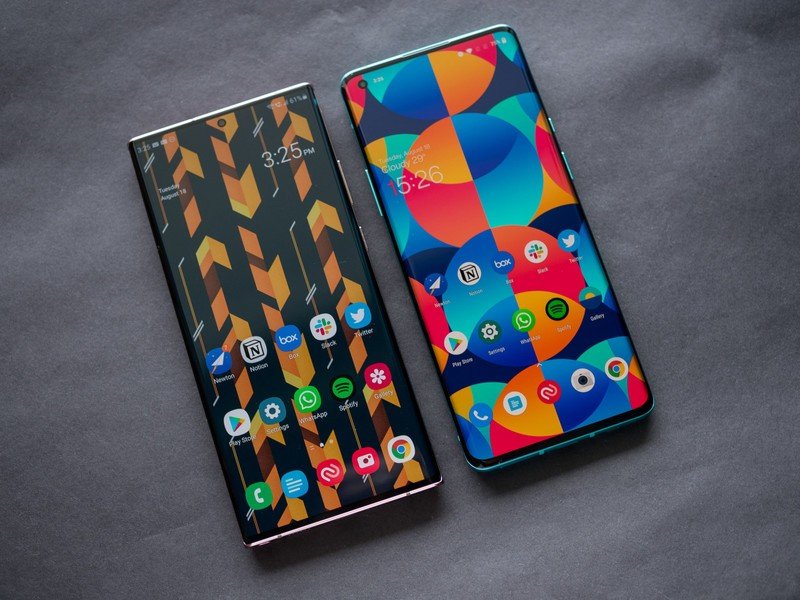
This year has been particularly great for flagships, and there are plenty of choices if you're in the market for a new phone in 2020. The Find X2 Pro continues to be a standout choice in the flagship segment, and the phone is available for £743 ($965) on Amazon UK. The Find X2 Pro has a 120Hz AMOLED panel, a gorgeous vegan leather back that makes it stand out, Snapdragon 865 with 5G, outstanding cameras, and 65W fast charging.
Then there's the OnePlus 8 Pro. The phone has a lot of similarities with the Find X2 Pro, and you get the same 120Hz panel, Snapdragon 865 chipset, and 48MP camera at the back, and there's 30W wired and wireless charging. The phone also received the stable Android 11 update, giving you the ability to use the latest version of Android. The phone is on sale for £720 ($936) on Amazon UK and retails for ₹54,999 ($736) on Amazon India.
Galaxy Note 20 Ultra Exynos Should you buy?
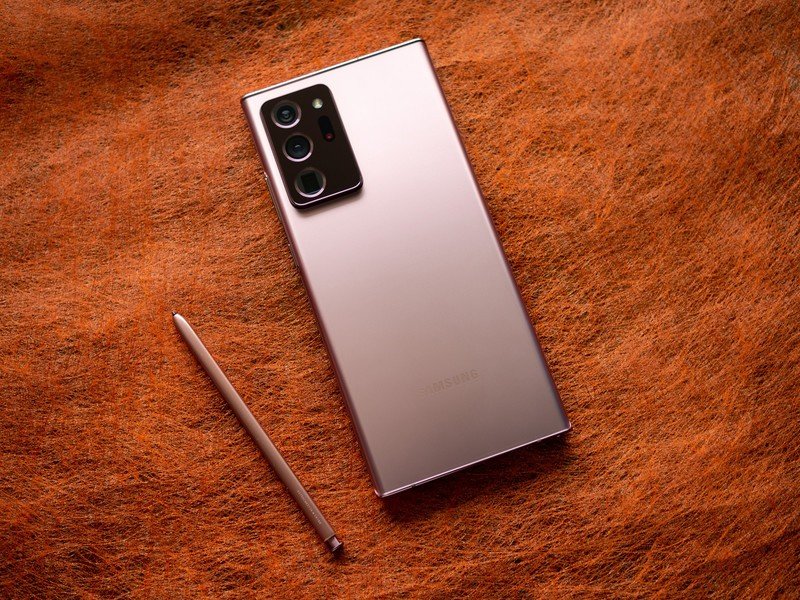
You should buy this if ...
You're upgrading from a Galaxy Note 8 or Note 9
Using an older Galaxy Note? You'll be immediately familiar on the Note 20 Ultra, and there are considerable upgrades on offer, particularly with the camera and 120Hz screen.
You want the latest features
The Note 20 Ultra is the most feature-packed device you can buy today, with Samsung offering IP68 water resistance, wireless charging, and the latest internal hardware with 5G connectivity.
You need a phone with a stylus
If you use a stylus with any regularity, the Note 20 Ultra is the only option in 2020.
You should not buy this if ...
You want a compact device
The Note 20 Ultra is the largest phone I've used in 2020, and I used well over 60 phones this year. So if you're looking for a device that you can use one-handed, look elsewhere.
Samsung's launch schedule runs like a well-oiled machine: every February, we get a new phone in the Galaxy S series, and six months later, it's followed by a new Note device. While Samsung traditionally introduced new camera features and reserved its best hardware for the Note offerings in years past, these days it's the Galaxy S series phones that get all the new features.
If money is no object, the Galaxy Note 20 Ultra is a great phone in 2020.
That was the case with the Galaxy S20. The phones were the first to receive the 120Hz panels and new camera tech, and this shift in strategy makes sense. After all, the Galaxy S series is the mainstream lineup, so by debuting new features on the S20, Samsung is just catering to a wider set of users.
So where does that leave the Note series? Well, other than a few design changes and the inclusion of the S Pen, there really isn't anything to differentiate the Note lineup from the Galaxy S devices anymore. Don't get me wrong; the Galaxy Note 20 Ultra gets a lot right: you get a gorgeous design, incredible screen, great cameras, and all-day battery life.
4 out of 5
It may not have a lot of standout features from the S20 series, but the Note 20 Ultra is still a great phone in its own right. The screen is sublime, the cameras are fantastic, and I like the Mystic Bronze design a lot. Samsung hasn't pushed the needle too much from the Note 10+ here, but if you are using the Note 8 or Note 9 and considering an upgrade this year, the Note 20 Ultra is the obvious choice.
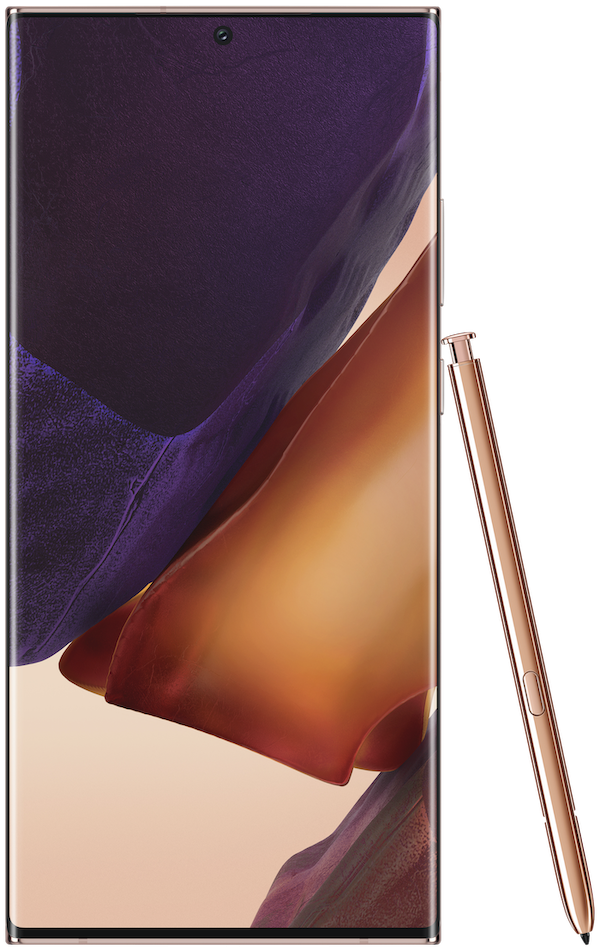
The ultimate Android flagship
If you're in the market for a flagship that doesn't miss out on any feature, the Note 20 Ultra is the obvious choice. The phone comes with a sublime 120Hz AMOLED screen, a massive battery that lasts all day, outstanding cameras, and a gorgeous design that stands out. If you need a stylus and are looking to upgrade, there really isn't anything else that comes close.

Harish Jonnalagadda is Android Central's Senior Editor overseeing mobile coverage. In his current role, he leads the site's coverage of Chinese phone brands, networking products, and AV gear. He has been testing phones for over a decade, and has extensive experience in mobile hardware and the global semiconductor industry. Contact him on Twitter at @chunkynerd.
